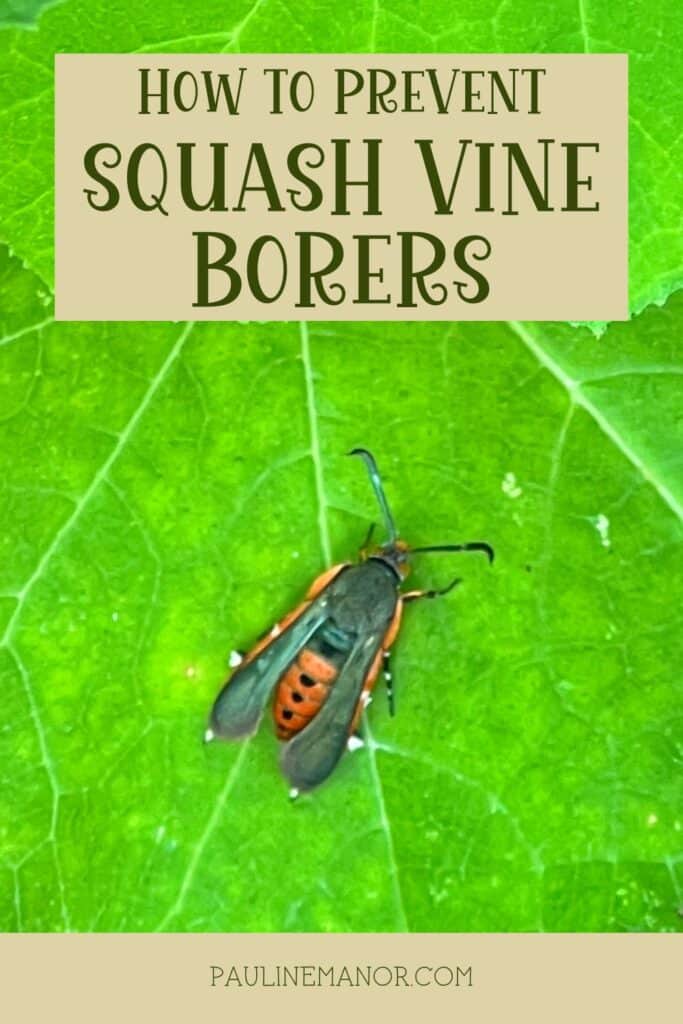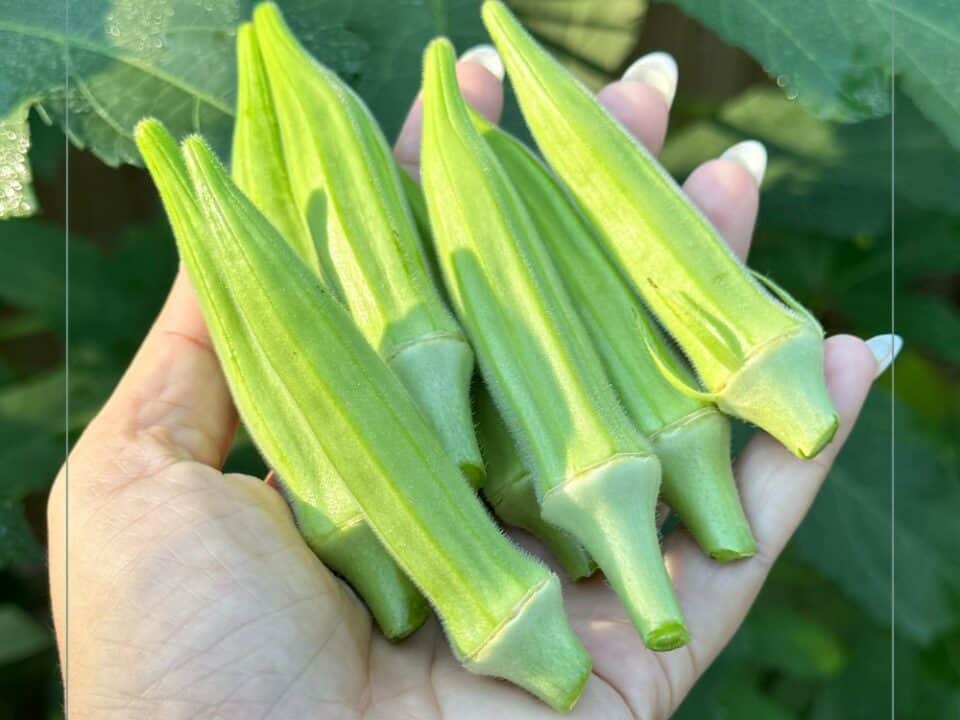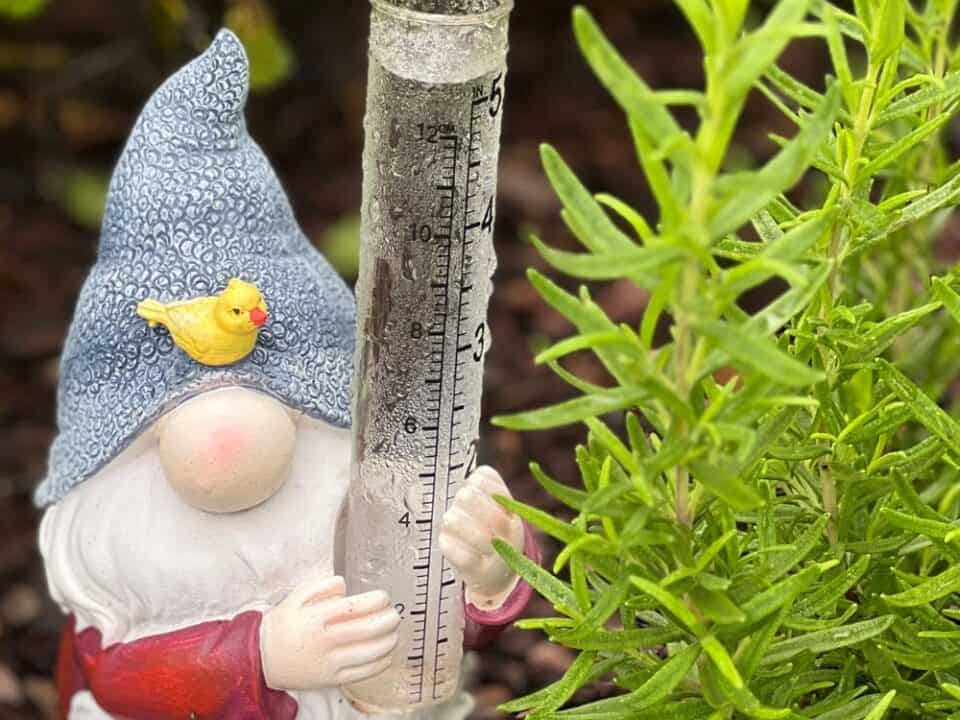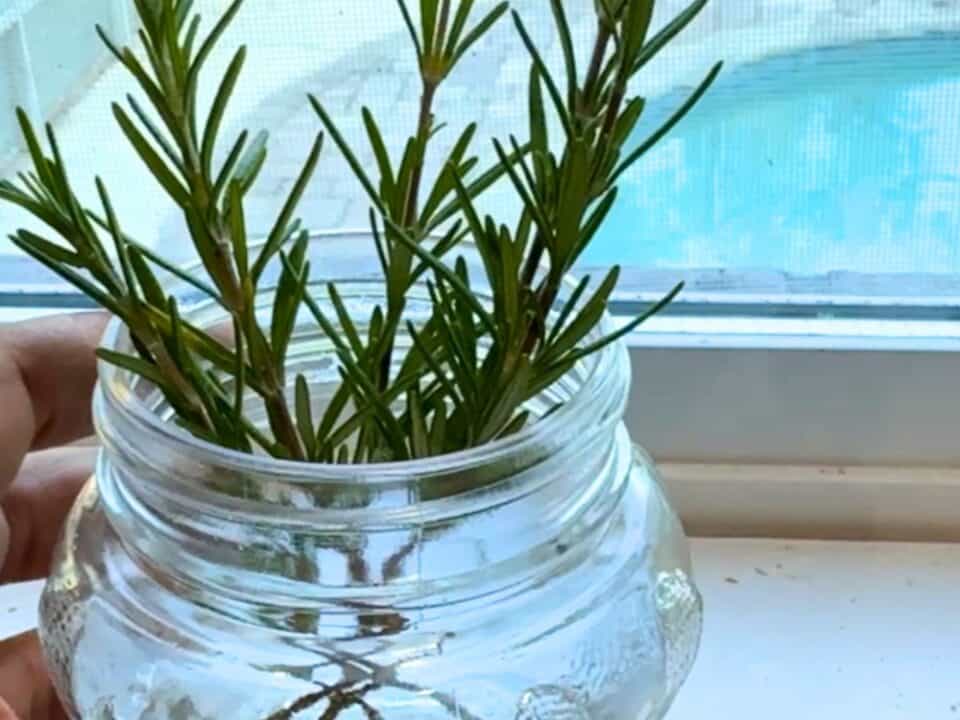How To Prevent Squash Vine Borers
Squash vine borers have been my biggest gardening frustration at Pauline Manor. This is my third year attempting to grow yellow squash and zucchini, and for the last two years, I’ve lost my entire crop to these relentless pests. Determined not to let them win again, I’ve spent time researching every prevention method I could find. This year, I’m implementing a combination of strategies to protect my plants, and I want to share them so that others struggling with squash vine borers can do the same.

What Are Squash Vine Borers?
Before diving into prevention strategies, it’s essential to understand your adversary. Squash vine borers are the larvae of a moth (Melittia cucurbitae) that primarily targets squash plants. The adult moth resembles a wasp, sporting an orange abdomen with black dots, and is most active in mid to late summer. Females lay their eggs at the base of susceptible plants, and once the larvae hatch, they burrow into the stems to feed, disrupting the flow of water and nutrients.
Common signs of squash vine borer infestation include:
- Wilting leaves despite adequate watering.
- Frass (gummy sawdust-like waste) near the base of the plant.
- Stems that feel hollow or mushy when pressed.
If left unchecked, a single borer can kill an entire plant. That’s what happened to me the last two years—one day, my plants were thriving, and the next, they were wilting beyond recovery. But this year, I have a plan.
Start with Healthy Gardening Practices
Crop Rotation
One mistake I made in the past was planting my squash in the same spot year after year. Squash vine borers overwinter in the soil, waiting to emerge in the spring. To disrupt their life cycle, I’m moving my squash to a different area in my garden this year. If you’ve had issues with borers in the past, rotating crops can help reduce their numbers.
Timing is Key
Instead of planting squash early in the season, I’m trying a later planting this year. Squash vine borer moths are most active in early summer, so by waiting to plant until after their peak, I’m hoping to avoid their egg-laying frenzy. If you live in a warm climate, this strategy could work for you too.
Protective Measures for Your Garden
Use Physical Barriers
This year, I’m being extra cautious with protective barriers.
- Row Covers: I plan to cover my squash plants with lightweight fabric row covers as soon as they’re planted. This will prevent the moths from laying eggs on the stems. I’ll remove the covers once the plants begin flowering to allow for pollination.
- Aluminum Foil Collars: There is some controversy with this one, but I am ready to try anything. I’m wrapping the base of each squash stem with aluminum foil which some say will block egg-laying. Some gardeners swear by this trick, so I’m giving it a shot.
Encourage Beneficial Insects & Birds
I’ve noticed that my garden thrives when I have plenty of beneficial insects around. This year, I’m planting extra flowers like marigolds and dill to attract parasitic wasps, which help keep squash vine borer populations in check. If you’re trying organic pest control, encouraging beneficial insects is a great strategy.
I am also putting up some bird feeders and a bird bath. While it may seem counterintuitive to bring in another potential pest, my hope is that the birds will get full noshing on the pests and leave the plants alone.
Monitor and Remove Eggs
One of my biggest takeaways from last year was that I didn’t check my plants often enough. This season, I’m making it a habit to inspect my squash stems daily. Squash vine borer eggs are tiny, brownish-red, and laid singly at the base of plants. I’ll be using a piece of duct tape to remove any eggs I find before they hatch.
Use Organic Solutions
I prefer organic pest control for my vegetables, so I’m using several natural deterrents this year:
Neem Oil
Neem oil disrupts the life cycle of squash vine borers. I’ll be spraying it around the base of my squash plants weekly during the moth’s egg-laying period. This should make the stems less appealing.
Diatomaceous Earth
I’m sprinkling food-grade diatomaceous earth around my plants to create a barrier against crawling pests. Since it dehydrates and kills insects upon contact, it could help stop squash vine borers before they burrow into the stems.
Bacillus thuringiensis (Bt)
Bt is a naturally occurring bacterium that targets squash vine borer larvae without harming beneficial insects. I’ll be applying Bt as a preventative measure, especially if I start noticing eggs on my plants.
Surgical Intervention: A Last Resort
If I do spot signs of squash vine borers inside my stems, I’m ready to act quickly. Here’s my plan:
- Locate the Larva: I’ll look for frass (the sawdust-like waste) to find the entry point.
- Make a Small Incision: Using a sharp knife, I’ll cut a small slit along the stem to extract the larva.
- Remove the Larva: Tweezers will help pull the pest out before it does too much damage.
- Bury the Stem: After surgery, I’ll cover the affected part of the stem with moist soil to encourage secondary root growth.
Last year, I hesitated to cut into my plants, and they didn’t survive. This time, if I need to intervene, I won’t hesitate.
Companion Planting for Pest Prevention
To make my garden less inviting to squash vine borers, I’m trying companion planting this year.
What I’m Planting
- Radishes: Planted around my squash as a trap crop.
- Mint: Hoping the strong scent will confuse moths. Goodness knows I have plenty of it.
- Onions and Garlic: Their pungent smell is known to repel pests.
If you’ve never tried companion planting, it’s an easy, natural way to deter pests while adding diversity to your garden.
The Role of Soil Health
This year, I’m also making sure my soil is rich, well-draining, and full of organic matter. Healthy plants are more resilient, so I’m adding compost and aged manure to boost fertility. If you’re practicing raised bed gardening, starting with high-quality soil can make a huge difference in plant health and pest resistance.
I have started composting our veggie scraps but I also purchased bagged compost just to get a good head start.
Harvest Tips to Avoid Future Infestations
Once my squash plants have finished producing, I’m not leaving any plant debris behind. In my first year, I left some stems in the garden, and I suspect that’s how the squash vine borers overwintered. This year, I’m pulling out all squash plants as soon as they stop producing and disposing of any infested material to prevent the pests from sticking around.
Conclusion
After losing two years’ worth of squash, I’m determined to outsmart the squash vine borer this season. By using a combination of raised bed gardening, organic pest control, and vigilant monitoring, I’m hoping to finally enjoy a bountiful harvest of yellow squash and zucchini. If you’ve struggled with these pests, I encourage you to try some of these strategies as well. Let’s keep our squash plants thriving and our gardens pest-free!



